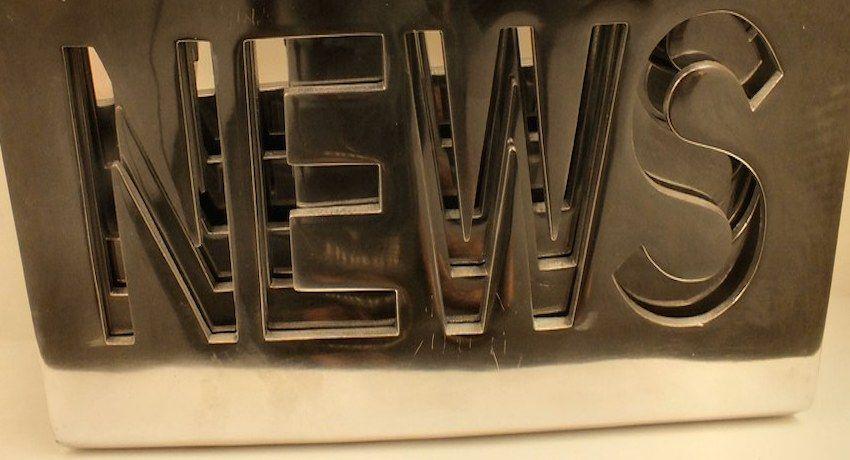
JUST ORGANIC
The applicant “just‑organic.com GmbH” sought to register as a European Union Trade Mark (EUTM) before the EUIPO, the figurative sign with word elements “Just Organic”. The application designated goods and services in classes 3, 29, 30, 32, 33, 35 and 41 of the Nice Classification.
Both the examination division and at a later stage the Boards of Appeal (BoA) of the EUIPO, refused the EUTM application based on the absolute ground for refusal pursuant article 7.1.c) of the European Union Trade Mark Regulation (EUTMR), as the contested mark was considered to be descriptive of the characteristic of the products and devoid of any distinctive character for all the goods and services except for “entertainment information” services in class 41.
An appeal was lodged by the applicant against this decision, before the General Court (GC).
The Court reminded that pursuant article 7.1.c) EUTMR, registration must not be granted to signs consisting exclusively to designate “the kind, quality, quantity, intended purpose, value, geographical origin”. In that regard, for the assessment of the descriptive character of a sign, the relevant public must perceive immediately that there is a link between the goods at stake and the description or characteristics of these goods.
The Court held that, as regards the relevant public, since the word “Just Organic” was written in English, the English-speaking consumers in the EU, for instance consumers from Ireland and Malta, will understand the term as an indication of the characteristic of the goods and services.
With regard to the link between the sign and the characteristics or description of the goods in classes 29, 30, 32 and 33, the Court confirmed that the general public could perceive that the word “Organic” was providing information about the manufacturing process was performed in a natural way, without using artificial or chemical products for producing the above-mentioned food and drinks.
In addition to this, the figurative elements included in the sign did not vest the sign of a particular singularity for consumers to associate the sign in the market.
The GC, after having analysed the arguments of each party, upheld BoA’s decision, confirming the descriptive character of the sought trade mark. Therefore, the appeal was dismissed and the applicant couldn’t succeed in registering the word sign sought.
LOUIS VUITTON’S DAMIER AZUR PATTERN
The General Court (GC) has issued a decision as regards the popular Damier Azur pattern trade mark, owned by Louis Vuitton Malletier.
An application for a declaration of invalidity was filed back in 2015, against the international trade mark designating the European Union, registered by Louis Vuitton Malletier. The international trade mark consisted in a figurative sign representing a chequerboard pattern.
The goods covered by the contested trade mark were in Class 18 of the Nice Agreement, namely “Boxes of leather or imitation leather, trunks, suitcases, traveling sets (leatherware), traveling bags, luggage, garment bags for travel, hat boxes of leather, vanity cases (not fitted), toiletry bags (empty), backpacks, satchels, handbags, beach bags, shopping bags, shoulder-strap bags, carrier bags, shoulder bags, waist bags, purses, attaché cases, briefcases (leatherware), school bags, document holders, clutch bags, wallets, change purses, key cases, card cases (wallets), umbrellas, sunshades”.
The Cancellation division of the EUIPO and at a later stage the Boards of Appeal, upheld the invalidity request on the ground that the trade mark was devoid of any distinctive character.
Louis Vuitton lodged an appeal before the GC, claiming that the Damier Azur pattern had acquired distinctive character through the use. The French luxury brand submitted different types of evidences in support of their claims, namely information regarding the history of the contested mark, magazines excerpts, sales invoices, advertisement campaigns performed in magazines, evidences to show the use of the trade mark on the internet, opinion polls, and evidences concerning infringement proceedings.
However, as regards the assessment of the distinctive character acquired through the use of the contested mark, the Court held that it must be proved for the whole territory of the European Union: “the distinctive character acquired through use of that mark must be shown throughout that territory, and not only in a substantial part or the majority of the territory of the European Union, and consequently, although such proof may be produced globally for all the Member States concerned or separately for different Member States or groups of Member States, it is not, however, sufficient that the party with the burden of providing such evidence merely produces evidence of such acquisition that does not cover part of the European Union, even a part consisting of only one Member State”.
On the basis of the evidences submitted by Louis Vuitton, the GC considered that the French luxury brand was not able to prove the acquisition of this use in some eastern Europe countries, like Estonia, Lithuania, Slovenia, Slovakia, Latvia or Bulgaria.
Therefore, the GC concluded that the evidences submitted in support of the acquired distinctiveness claim only demonstrated the acquired distinctiveness through the use in a substantive part of the European Union territory, but not in the whole territory of the European Union. As a consequence, the Court confirmed the invalidity decision issued by the Board of Appeal.
Details
- Publication date
- 21 October 2022
- Author
- European Innovation Council and SMEs Executive Agency
